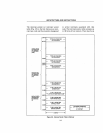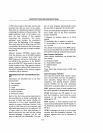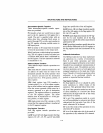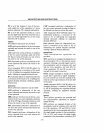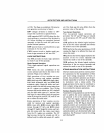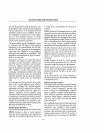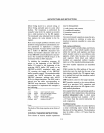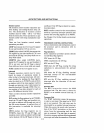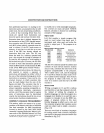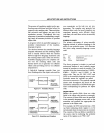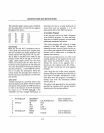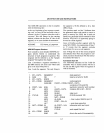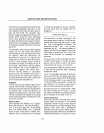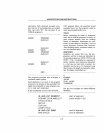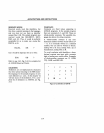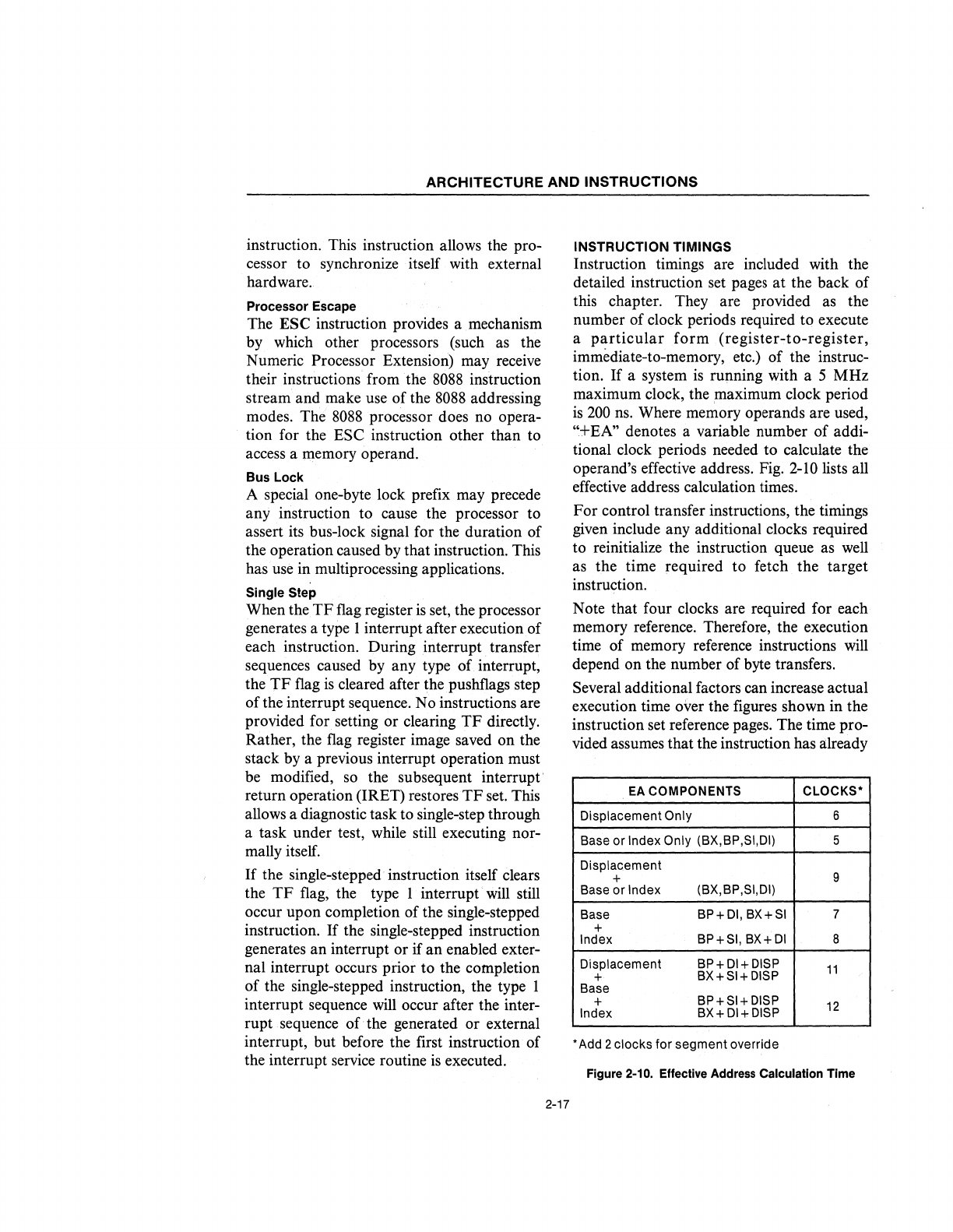
ARCHITECTURE
AND
INSTRUCTIONS
instruction. This instruction allows the pro-
cessor to synchronize itself with external
hardware.
Processor Escape
The ESC instruction provides a mechanism
by which other processors (such as the
Numeric Processor Extension) may receive
their instructions from the
8088
instruction
stream and make use of the
8088
addressing
modes. The
8088
processor does no opera-
tion for the
ESC instruction other than to
access a memory operand.
Bus Lock
A special one-byte lock prefix may precede
any instruction to cause the processor to
assert its bus-lock signal for the duration of
the operation caused by that instruction. This
has
use
in mUltiprocessing applications.
Single Step
When the TF flag register
is
set, the processor
generates a type 1 interrupt after execution of
each instruction. During interrupt transfer
sequences caused by any type of interrupt,
the
TF flag
is
cleared after the pushflags step
ofthe
interrupt sequence. No instructions are
provided for setting or clearing
TF directly.
Rather, the flag register image saved on the
stack by a previous interrupt operation must
be modified,
so
the subsequent interrupt
return operation (IRET) restores
TF set. This
allows a diagnostic task to single-step through
a task under test, while still executing nor-
mally itself.
If
the single-stepped instruction itself clears
the
TF flag, the type 1 interrupt will still
occur upon completion of the single-stepped
instruction.
If
the single-stepped instruction
generates an interrupt or if an enabled exter-
nal interrupt occurs prior to the completion
of the single-stepped instruction, the type 1
interrupt sequence
will
occur after the inter-
rupt sequence of the generated or external
interrupt, but before the first instruction of
the interrupt service routine
is
executed.
2-17
INSTRUCTION TIMINGS
Instruction timings are included with the
detailed instruction set pages
at
the back of
this chapter. They are provided as the
number of clock periods required to execute
a
particular
form
(register-to-register,
immediate-to-memory, etc.) of the instruc-
tion.
If
a system
is
running with a 5
MHz
maximum clock, the maximum clock period
is
200
ns.
Where memory operands are used,
"+EA" denotes a variable number of addi-
tional clock periods needed to calculate the
operand's effective address. Fig.
2-lO
lists all
effective address calculation times.
For
control transfer instructions, the timings
given include any additional clocks required
to reinitialize the instruction queue as
well
as the time required to fetch the target
instruction.
Note that four clocks are required for each
memory reference. Therefore, the execution
time of memory reference instructions will
depend on the number of byte transfers.
Several additional factors can increase actual
execution time over the figures shown in the
instruction set reference pages. The time pro-
vided assumes that the instruction has already
EA
COMPONENTS
CLOCKS·
Displacement Only
6
Base or Index Only (BX,BP,SI,DI) 5
Displacement
+
9
Base or Index
(BX,BP,SI,DI)
Base
BP+DI,
BX+SI
7
+
Index
BP+SI,
BX+DI 8
Displacement
BP+
DI+
DISP
11
+
BX+SI+DISP
Base
+
BP+SI+DISP
12
Index
BX+DI+DISP
* Add 2 clocks for segment override
Figure 2-10. Effective
Address
Calculation Time



